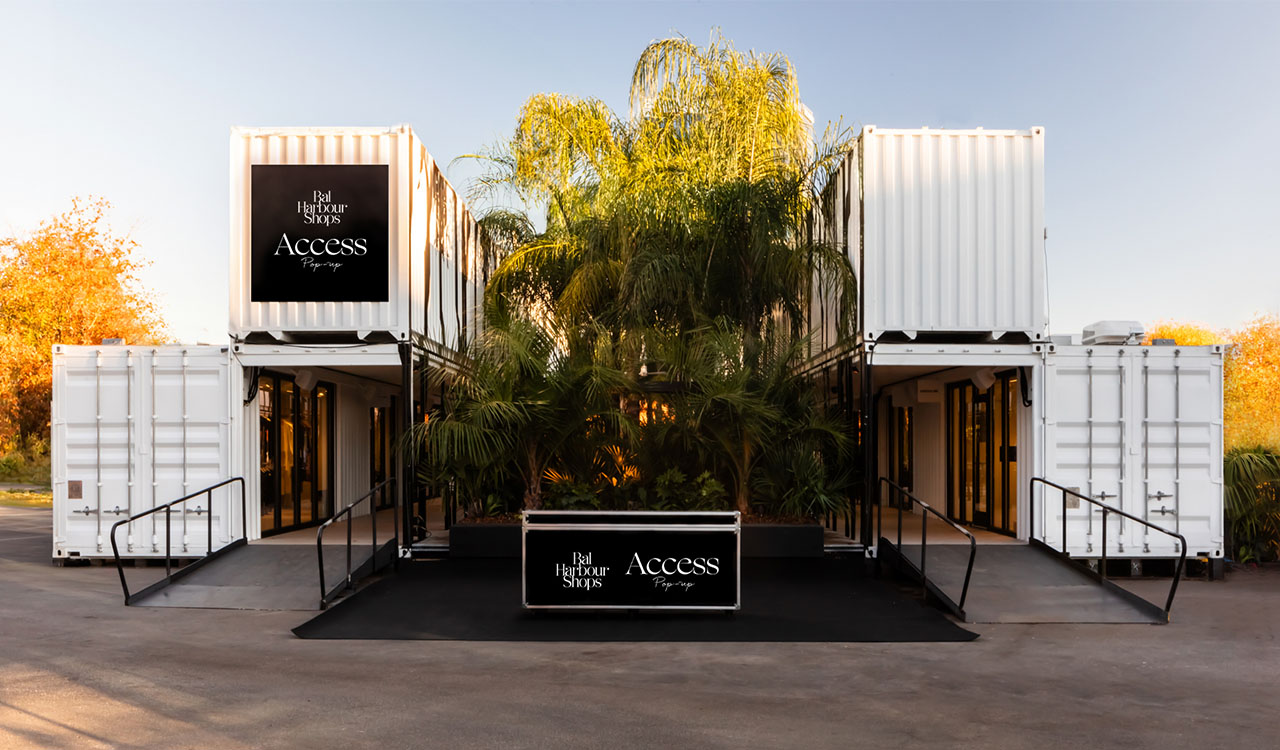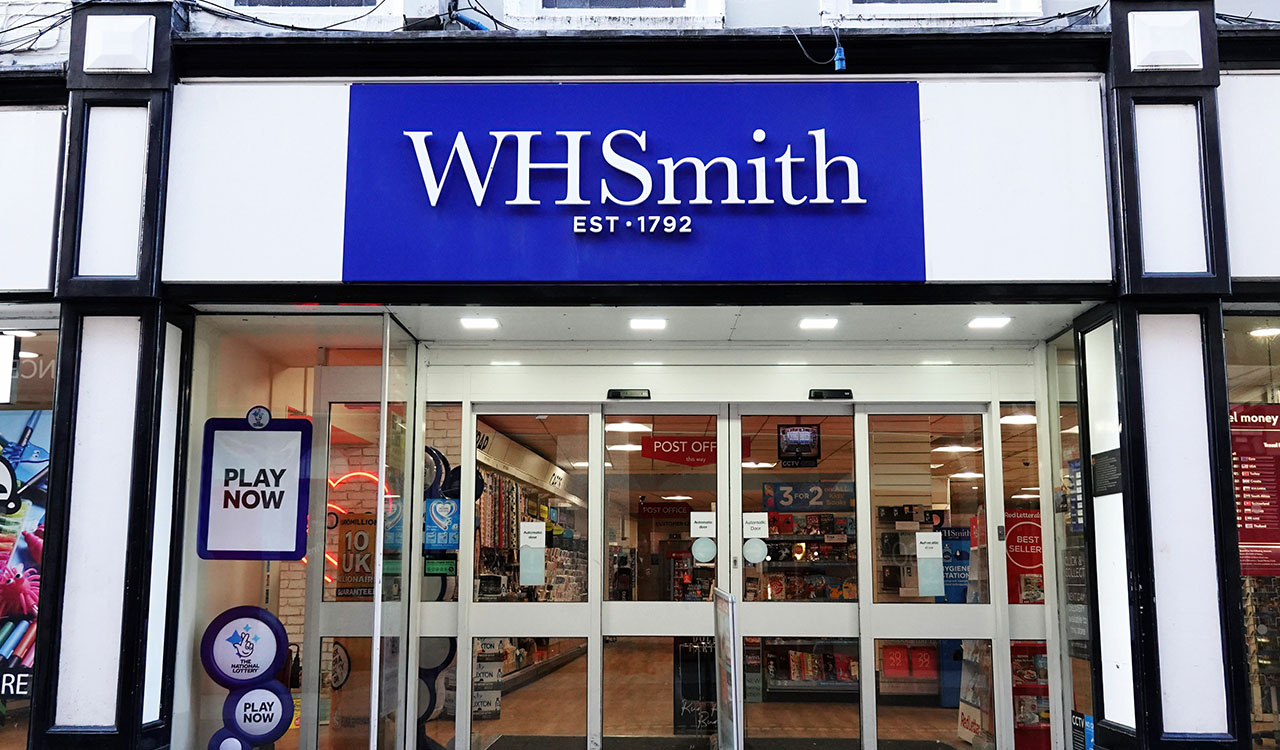Innovative is not an adjective typically used to describe malls. Yes, malls have evolved since their founding in the 1950s. They’ve gotten bigger and added more things to do. They tore down the walls to become lifestyle centers. But mall operators have followed the same basic business model over the years: build it, fill it and people will come. Mall owners’ revenues are made by leasing space to tenants, not selling stuff to customers. But Bal Harbour Shops has a plan to make the mall a pop-up retail innovation.
Bal Harbour Shops is a haven for luxury shoppers in Miami’s Bricknell City Center that opened in 1965 and Whitman Family Development owns the property. Given the success of Bal Harbour over the years – the ICSC named it one of the nation’s top-performing shopping centers – it could rest on its laurels and continue business as usual. However, like the proverbial shark that must keep moving or die, Lazenby believes his mall must innovate to avoid the same fate.
Pragmatic Bailouts
While operators like Simon and Brookfield have stepped in to save struggling retailers, like JC Penney, Brooks Brothers, Forever 21 and Eddie Bauer, their investments were primarily intended to keep lease revenues flowing, not to perfect what makes retail tick. Simon Property CEO David Simon called its SPARC real estate investment trust group merely a sideline to its core business.
Malls tailor their tenant mix and format to the local community, but their primary mission is to bring people into the mall and get consumers to drop a lot of cash while there so they get their monthly lease payments.
Innovation Comes to Bal Harbour Shops
The mall business model has worked just fine for the better part of 70 years, so no major innovation has been considered. However, Bal Harbour Shops CEO Matthew Whitman Lazenby sees it differently and understands better than most how to balance the complicated interplay between mall leasing and retail selling business models.
Bal Harbour Shops is a haven for luxury shoppers in Miami’s Bricknell City Center that opened in 1965 and Lazenby is the fourth generation to lead the family firm, Whitman Family Development, which owns the property. Given the success of Bal Harbour over the years – the ICSC named it one of the nation’s top-performing shopping centers – it could rest on its laurels and continue business as usual. However, like the proverbial shark that must keep moving or die, Lazenby believes his mall must innovate to avoid the same fate.
Mall on the Move
Urgency was the genesis of the idea to pack up the Bal Habour Shops into modular shipping containers and move them to customers rather than wait for them to come to the mall. “The idea was to take the Bal Harbour experience and put it in a bottle,” Lazenby said. Now making its fifth pop-up appearance in West Palm Beach, 70-odd miles from home base, the Bal Harbour Access Tour is the industry’s first traveling shopping center, fully equipped with shopping and dining experiences.
WPB Access brings shops by Balmain, Dolce & Gabbana, Lanvin, and Tiffany & Co, among others, to West Palm Beach’s CityPlace for a limited engagement through January 15. It also made eight-week appearances in Raleigh, NC, Sarasota and Destin, FL and Greenville, SC. When Hurricane Helene hit, Access repurposed the restaurant to provide meals for first responders.
“The idea of pop-up retail is not new. And doing retail out of shipping containers isn’t new either, but nobody’s ever done it on the level of a shopping center,” Lazenby said. “Quite frankly, the logistics are mind-boggling, trying to get some 30 containers assembled, disassembled and transported. It’s like a carnival – a real retail circus.”
Origin Story
The idea for a traveling luxury mall came as a mash-up of several different ideas bandied about during the pandemic. The owners were developing an ecommerce platform to keep Bal Harbour Shops operating virtually during the shutdown. They also committed to opening a brick-and-mortar operation in Key Largo and faced nothing but roadblocks until they eventually had to terminate the lease.
The company is awaiting the completion of the Bal Harbour Shops’ expansion in 2026 designed to disrupt mall business-as-usual. To fill in the timeline gap, the design team offered the crazy suggestion of using shipping containers to put its stores on wheels and move them. It turns out the idea wasn’t crazy but inspired.
Setting the Stage
Bal Harbour hired an Italian architectural firm to design the mall on wheels concept and BMarco Structures out of Atlanta fabricated the 30 containers that make up the traveling pop-up. Ten different stores can fit into the space and after the fourth week of the eight-week pop-up event, the shops can be restaged, with some retailers moving out and others moving in. And some retailers, like Tiffany, stay in place for the whole eight-week run. The on-site Whitman Restaurant remains center-stage throughout to host events and offers dining for 150 guests.
“Generally speaking, there’s a rotation so we can curate the brands. Some corporate cultures are geared toward doing innovative things so they want to be with us all eight weeks in every market. Others let someone else try it and will maybe join later,” Lazenby explained. Advice to holdouts: Step outside of your box and try something different.
Exclusive Access
Bal Harbour Access is exclusive access, meaning that guests must register to become members of the Bal Harbour loyalty program, which takes a few seconds and costs nothing. Besides opening the door to the pop-up experience, members receive personalized shopping services and a beautifully produced and content-rich quarterly Bal Harbour Magazine.
Access locations are selected where luxury shopping experiences are thin on the ground, and also where there are underserved pockets of high-net-worth customers, such as in Raleigh which anchors North Carolina’s Research Triangle. Lazenby said that Raleigh has outperformed every other market in terms of new members and traffic, but the pop-ups in the Florida panhandle, like Destin, generated higher sales performance with less traffic.
Loyalty and Retention
Obviously, Bal Harbour Access is a customer acquisition strategy. So far, the first four appearances have yielded over 50,000 new customer connections and the WPB location is sure to bring in many more with high-profile guests and media gathering around Mar-a-Lago during Trump’s transition period.
“While in retail, it’s more efficient to keep a customer than acquire a new one, customer acquisition is the name of the game for Access. It’s been costly, but getting new customers is critical if you are focused on the long-term as we are,” Lazenby added. “It’s all about making and curating a place that people want to spend time in. We want to create an immersive luxury experience that establishes an emotional connection with customers in their place.”
Innate Innovation
Lazenby’s family has been involved in retail since the very beginning of Miami Beach, which wasn’t incorporated until 1915. Even in those early days, the company went against standard industry practice in selecting tenants. “Back in the day, landlords selected tenants who would put the most money into their bank account. That irritated my grandfather, who felt it was important to build a community. He wanted tenants that would be good for the mix on the street, like culturally important bookstores, even if they weren’t big rent payers,” Lazenby explained.
His family also identified early on the economic significance of luxury as wealthy snowbirds from around the world started to migrate to Miami in the winter. That’s why Lazenby says, “When we’re targeting our customers, we look global.” About 80 percent of Bal Harbour customers are not locals, though they may have a second, third or fourth home in the area.
Currently, Bal Harbour hosts about 100 legacy luxury retailers, interspersed with promising up-and-comers. Saks Fifth Avenue and Neiman Marcus anchor each end of the block and once these two companies merge, he doesn’t expect the current arrangement to change. Another 40 or so stores will be added after the expansion opens in 2026.
“We go back a long way dealing with legacy European luxury brands. When my grandfather brought in Gucci back in the 1970s, he dealt directly with Aldo Gucci. Luxury brands had a small footprint back then, but they have consolidated and gotten a lot bigger in size and scale, like Louis Vuitton’s enormous Paris store or Tiffany’s landmark building in New York,” he reflected. “But a luxury store can get too big. There’s intimacy in a smaller scale, like we offer. We give our stores enough space so they can put their best foot forward in product and service. It’s a balancing act,” he continued.
It’s also a balancing act for a center like Bal Harbour Shops to maintain continuity for 60 years while keeping it fresh and lively for each generation of customers. Bal Harbour Shops has found a way to insert innovative new ideas into the mix, managing the overall business with a long-term view to keep new and loyal customers coming back for more. Bal Harbour Access is a short-term, eight-week tactic that serves a long-term strategy.





